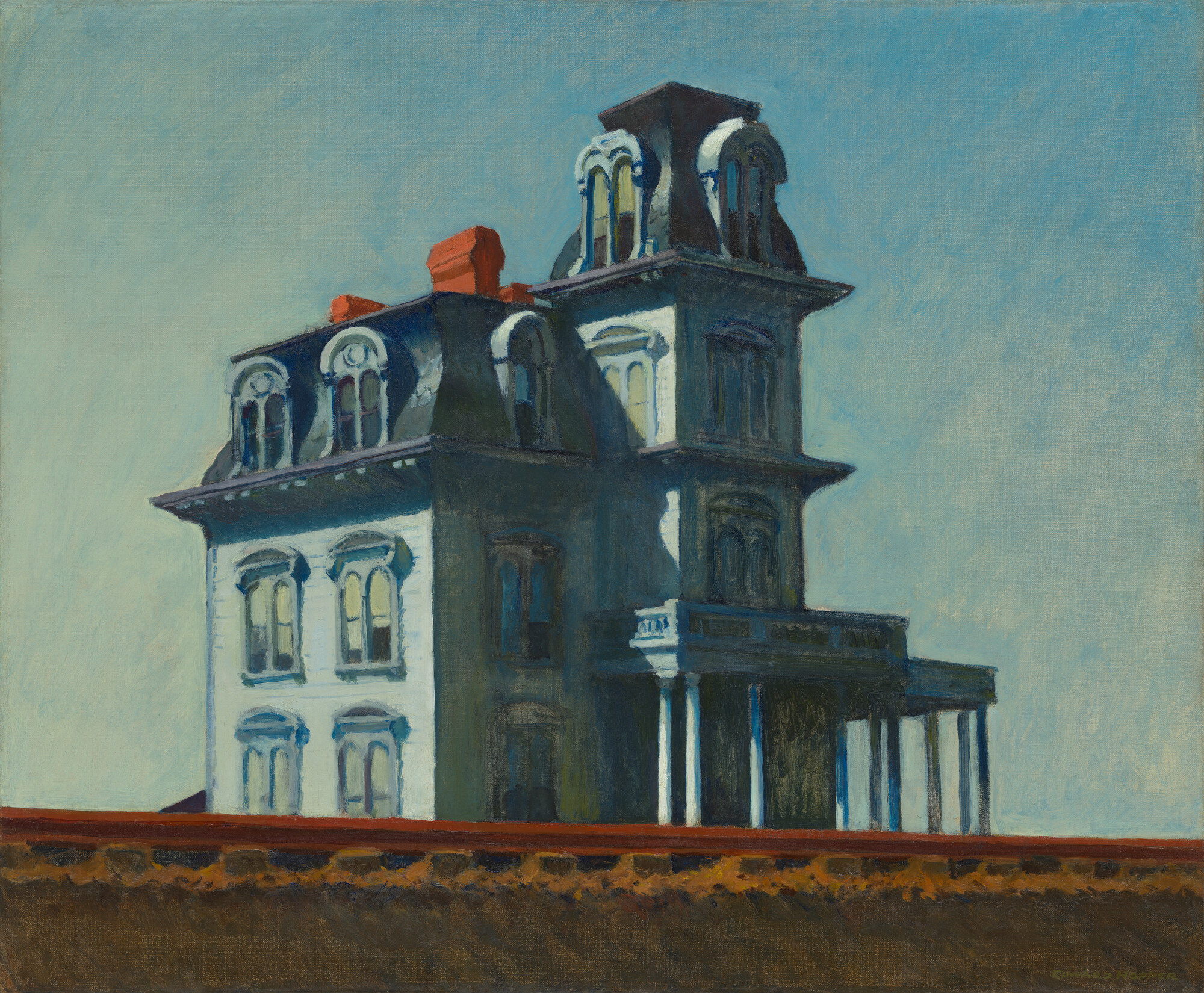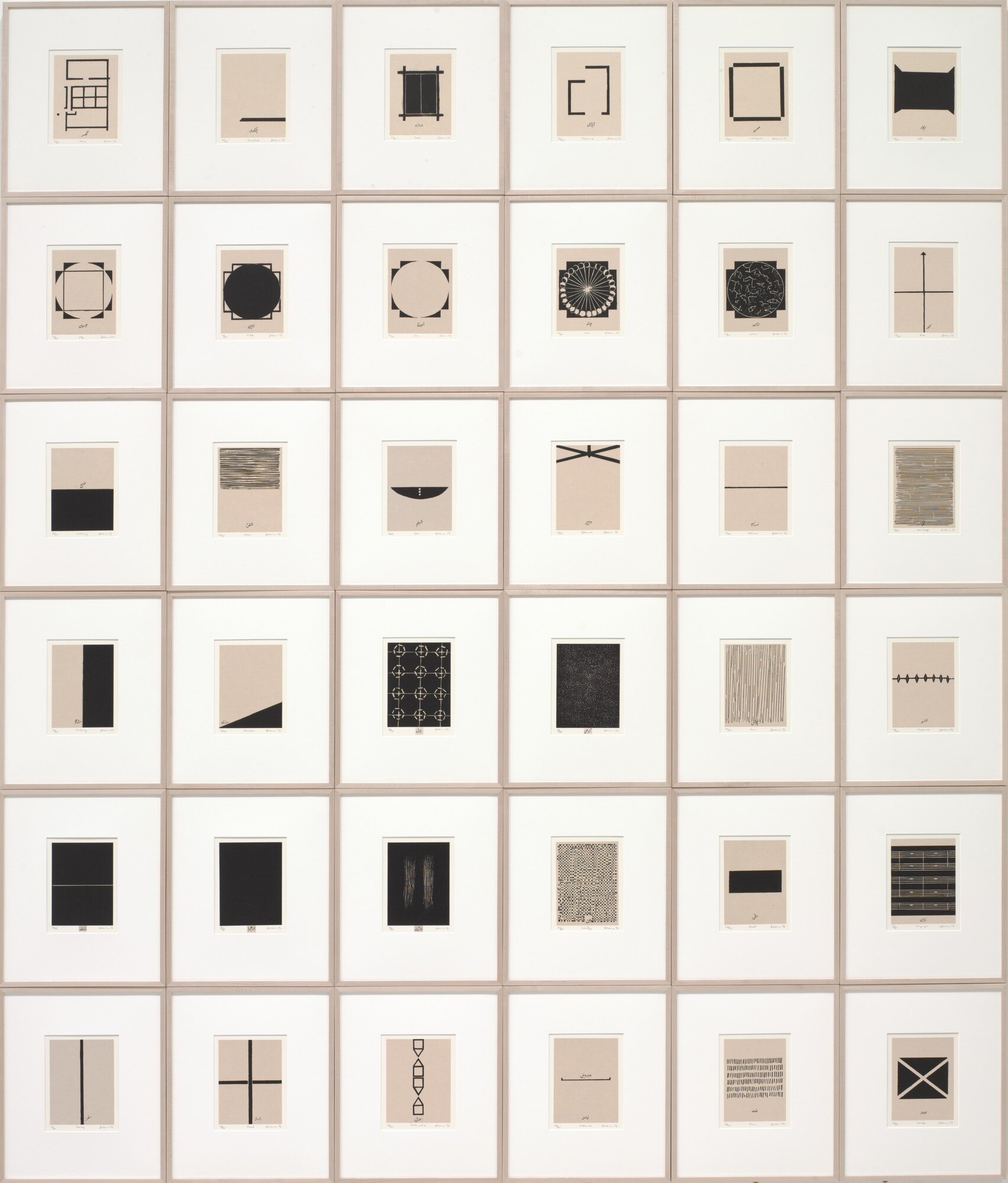As someone who, in one form or another, has enjoyed art from a young age, I really thought I had solidified my artistic taste. But during this pandemic I’ve taken the opportunity to look closer at works of art (virtually). While galleries and museums remain closed until further notice, they are allowing you to explore collections online. This week I took a look at pieces of art from the MOMA’s collection in New York around the theme of Places and Spaces. This has really challenged my perspective and opened me up to different artists and styles of work, that maybe I wasn’t open to before.
Like most school kids in art class I studied Van Gogh. Emulating sunflowers and swirling starry skies in the classroom, I hadn’t give Vincent much time since then, until I visited the Moma in New York a few years ago. When I walked in to that gallery I was breathless and emotional. Drawn to this canvas, (smaller than I expected), I was shocked that I began to cry. This image wasn’t new to me, I had seen it reproduced countless times before in books, on magnets, mugs and t shirts but up close the emotion in each brushstroke left me breathless. That memory and encounter with such a work will stay with me forever and I have had a passion for Vincent Van Gogh ever since. I was pleased to see ‘The Starry Night’ as one of the first pieces of art within ‘Places and Spaces’. Knowing that Van Gogh made this painting from the asylum in Saint-Remy-de-Provence, you can feel the artist’s turbulence within the sky and as the viewer you can relate to the deterioration of his mental health. I think you can feel his loneliness too, I feel overwhelmed and consumed by the sky. With details such as the roof of the church not being authentic for this landscape but reminiscent of his homeland in the Netherlands, I feel this represents the struggle he felt being committed. I think he was looking back and referencing a happier and safer time in his life.
‘House By the Railroad’ was a painting that took me by surprise. I was aware of Hoppers work, mainly because of well known works such as ‘Nighthawks’. I think if I was visiting a huge museum for the day, it’s the kind of painting that I just wouldn’t have the time to give it and I’m sad to say that I would have probably dismissed it. However, not anymore. Edward Hopper gives the building status, in this almost portraiture approach. ‘House By the Railroad’ on first look seems just like an accurate interpretation of a building, easily disregarded, but on closer inspection there is a real story within the picture. Firstly, the light is incredible, (one of the things that Hopper does best) but there is a darkness there, a sadness. A grand Victorian home, that probably once belonged to a wealthy family, someone of importance and grandeur once resided inside. But now, there is a loneliness, the work is devoid of all figures and the house stands deserted. Only the single track of the railroad breaks your view in the foreground of this painting bringing in the narrative of movement and progress within the American landscape.
Documenting this progress with his ‘Anarchitecture’ Gordon Matta-Clark’s ‘Bingo’ was another artwork that got my attention. Dismantling the side of a derelict house located in Niagara Falls into 9 equal sized rectangles (like a bingo board) and carefully curating 3 within the clean, white space of the gallery allows the construction of an ‘object’ to be viewed as a series of graphic lines and shapes. I love the perspective of being able to view both sides of this home almost simultaneously and my favourite part is the view of the internal structure, like the stairs because these are shapes that can be only visible through the process of deconstruction.
The simplicity of breaking down everyday objects into shapes is beautifully observed in the print series by Zarina ‘Home is a Foreign Place’. This poetic piece consists of 36 woodblock prints, using geometric shapes depicting migration, exile and the meaning of home. I love how the artist represents different elements of home life with simple lines and shapes. They are very powerful and reference the subject of ‘home’ which we can all relate to. One of my favourite woodblocks is the ceiling fan. Defined simply by a pair of crisscross lines, it’s the placement at the top of the paper that I love, representing the fan within the room and as the viewer I feel like I’m stood underneath it looking up.
Challenging myself to look at different styles and types of Modern Art has opened me up to new ideas and artists I previously hadn’t encountered. I’m looking forward to my next visit to a gallery or museum so I can view more works of ‘places and spaces’ and expand on my knowledge and perspective.



